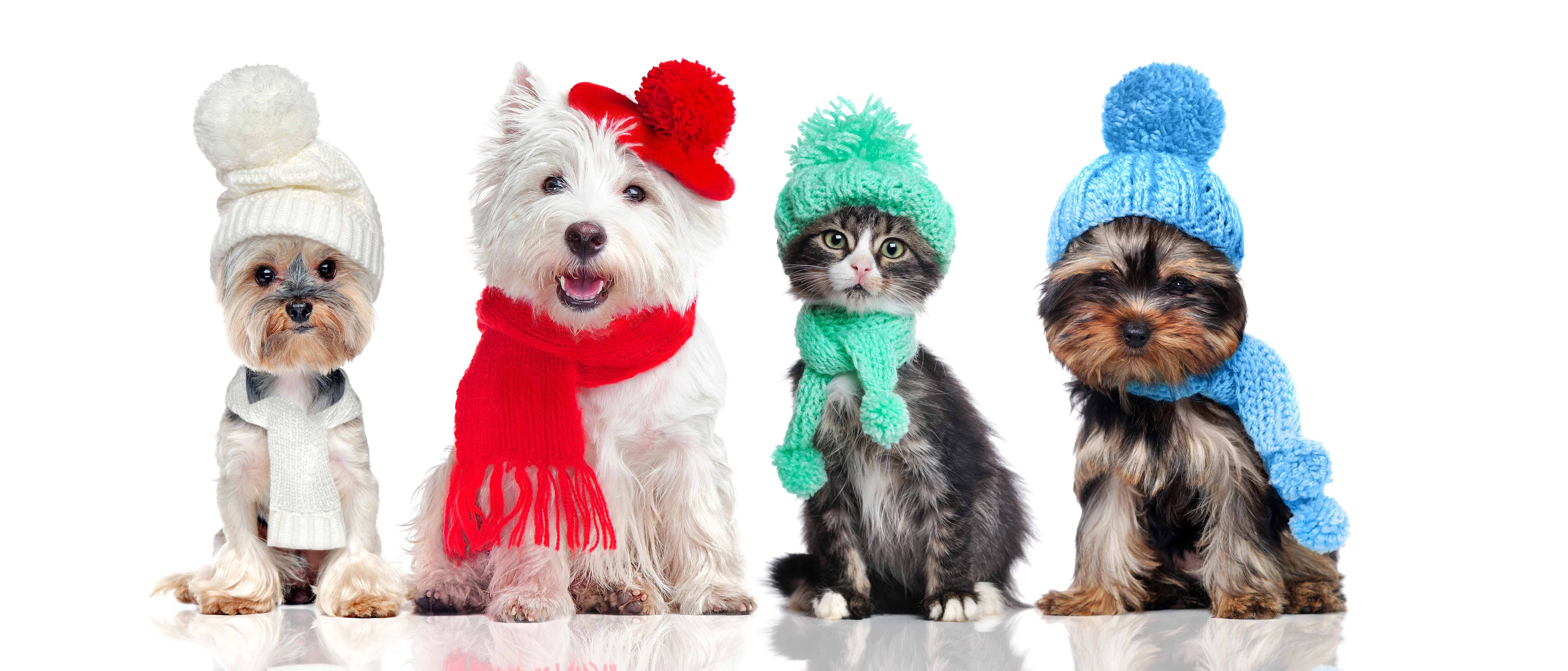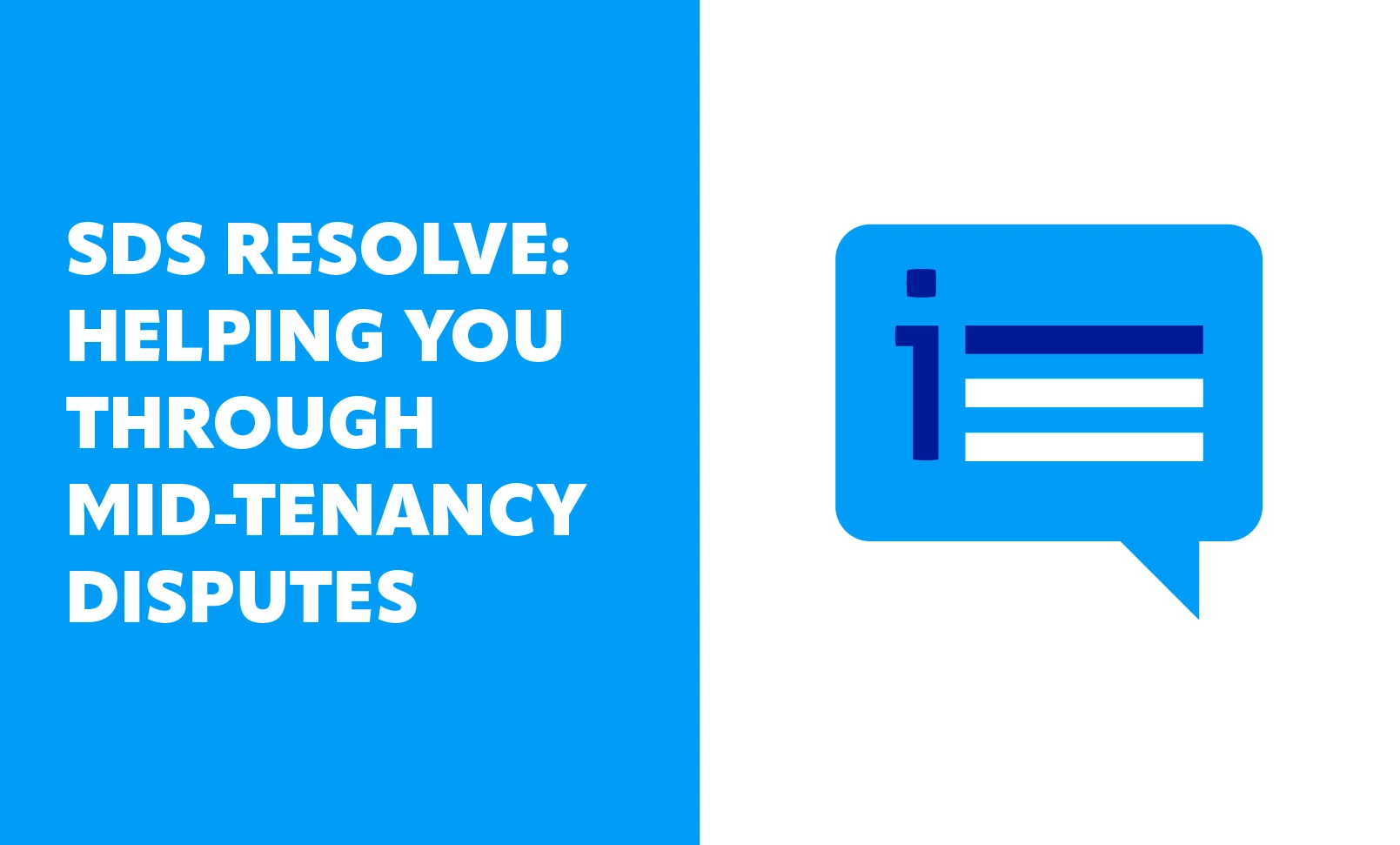Pet Tips for All
If you're a landlord and have chosen to read this article, then the chances are you either already permit tenants to keep a pet or are considering doing so in future. Allowing pets to live in your property is of course entirely optional, but it's clear that Scotland's love of furry, feathered and scaly friends is as strong as ever. Looking at dogs alone, canine companions are owned in around 471,000 Scottish households.
Should you be open to pets living in your property, then there are certain steps you should take to help the tenancy run as smoothly as possible for all concerned. You can ask prospective tenants to provide you with a reference for their pet from their previous landlord, to confirm that there's no history of pet vs property problems. Mishaps can happen, no matter how responsible the owner is, so you may wish to consider taking out a landlord's insurance policy that covers for accidental damage caused by pets.
Perhaps the most important document when entering into a tenancy where the tenant owns a pet though is the inclusion of a pet clause in the tenancy agreement. The LetswithPets website (a fantastic source of information for tenants, landlords and letting agents), from the Dogs Trust, provides an example pet clause:
It is further agreed between the Landlord and Tenant that the Landlord grants permission for the Tenant to keep a pet {insert animal type and breed} named {insert animal name} ("The Pet") in The Property for the duration of the Tenancy. The Tenant agrees not to keep or permit to be kept on the Property any further pets or animals of any description without the previous consent in writing of the Landlord.
It's worth noting that if you do NOT permit pets in your property, then that should be specified in the tenancy agreement.
Tenants should treat their rented property with TLC so it's important as a tenant to be aware of potential damage risks and how to prevent these. LetswithPets identifies some typical behaviours, for example the natural tendency of cats to claw - providing them with a scratching post and toys to occupy them when indoors should help to prevent them clawing at carpets and furniture. Boredom can be the trigger for dogs to cause damage to property and furnishings when left alone so again toys and other suitable distractions can help here, although the Dogs Trust does recommend that dogs are not left alone for more than four hours at a time. Sometimes the smallest pets can cause the most significant damage... Hamsters, gerbils and rabbits have sharp teeth and like to gnaw, and when it comes to wires and cables there's a risk to them as much as there is to the property. The advice here is to supervise small pets at all times when they are let out of their cages to exercise.
As for fouling by cats and dogs, the advice here should come as no surprise to responsible owners. Most dogs are toilet trained when they are puppies so hopefully indoor fouling should not be commonplace, but if your dog has not been toilet trained then this should be arranged as soon as possible. Dog faeces must always be picked up from communal areas, walkways and gardens. Cats should be provided with a litter tray to discourage them from fouling elsewhere.
For the tenant's part when it comes to documentation they should ensure they get written permission from the landlord to keep a pet in the property, and can help move things along by having the pet reference mentioned above ready to present to the landlord. One final suggestion from LetswithPets... why not introduce your pet to your prospective landlord - if you're confident the pet is well behaved and has not caused any problems at a previous property then it's a great opportunity for the landlord to see this first hand.



